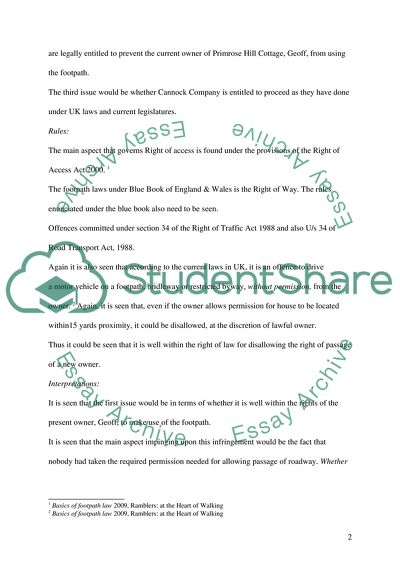Cite this document
(Proprietorship Law: Notes of Advice Case Study Example | Topics and Well Written Essays - 2000 words - 5, n.d.)
Proprietorship Law: Notes of Advice Case Study Example | Topics and Well Written Essays - 2000 words - 5. Retrieved from https://studentshare.org/law/1725272-law
Proprietorship Law: Notes of Advice Case Study Example | Topics and Well Written Essays - 2000 words - 5. Retrieved from https://studentshare.org/law/1725272-law
(Proprietorship Law: Notes of Advice Case Study Example | Topics and Well Written Essays - 2000 Words - 5)
Proprietorship Law: Notes of Advice Case Study Example | Topics and Well Written Essays - 2000 Words - 5. https://studentshare.org/law/1725272-law.
Proprietorship Law: Notes of Advice Case Study Example | Topics and Well Written Essays - 2000 Words - 5. https://studentshare.org/law/1725272-law.
“Proprietorship Law: Notes of Advice Case Study Example | Topics and Well Written Essays - 2000 Words - 5”, n.d. https://studentshare.org/law/1725272-law.


